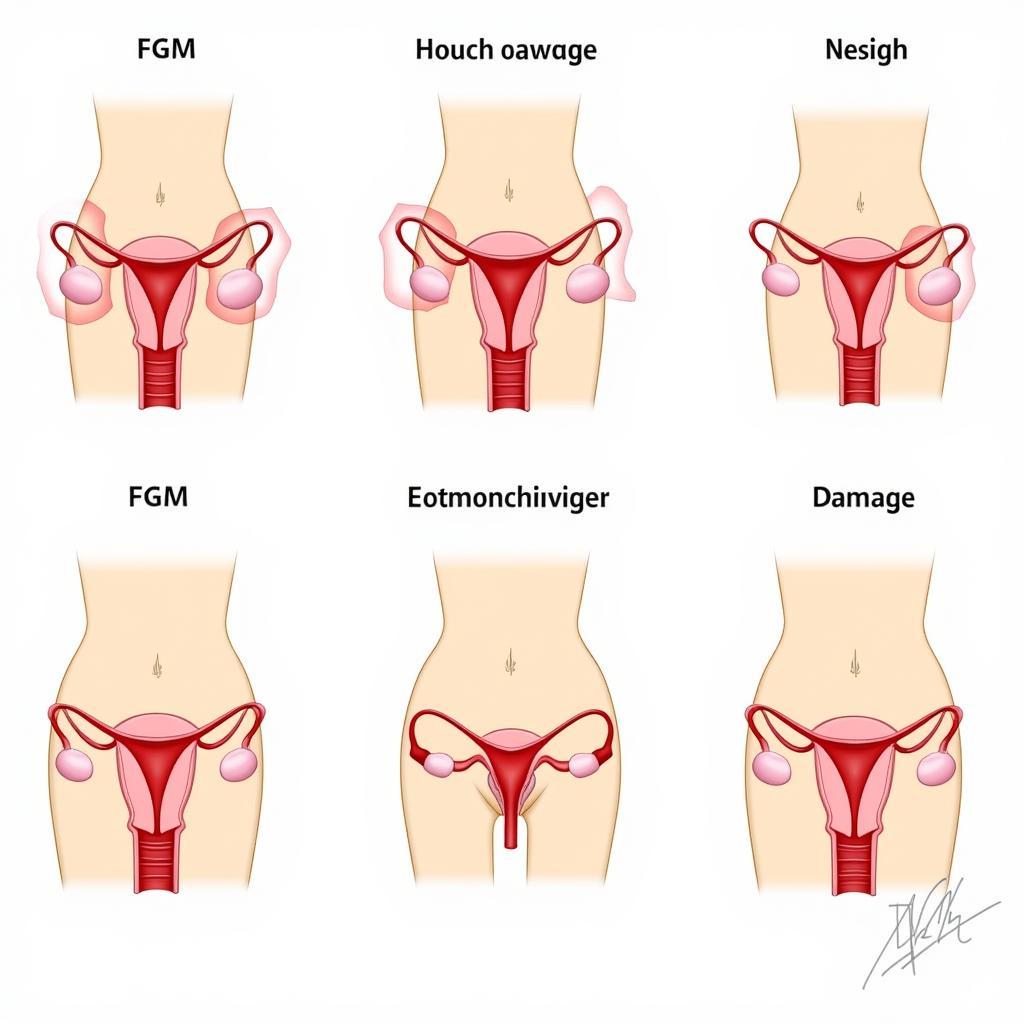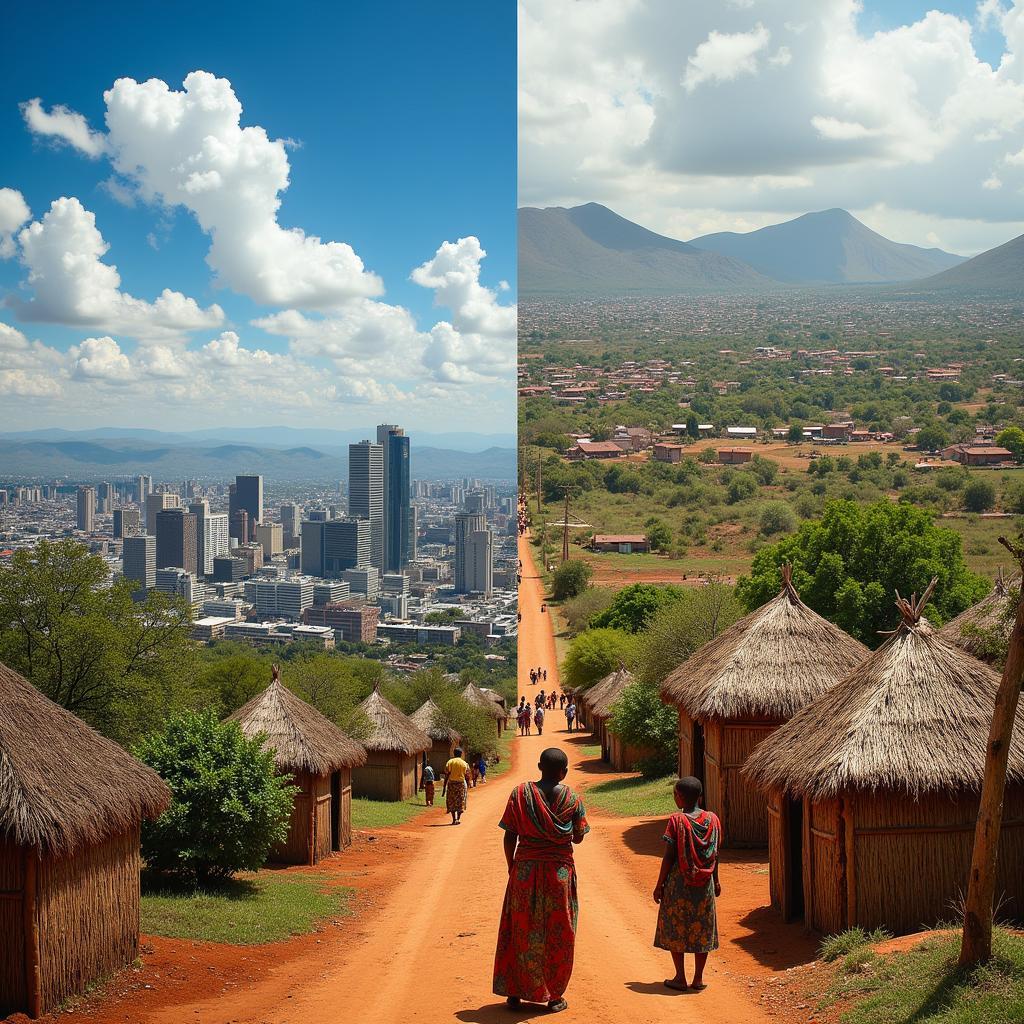Understanding African Khatna: A Deep Dive into Female Genital Mutilation
African Khatna, more widely known as Female Genital Mutilation (FGM), is a deeply rooted practice affecting millions of girls and women across Africa and beyond. This article delves into the complexities surrounding african khatna, exploring its historical context, cultural significance, health consequences, and ongoing efforts towards eradication.
The History and Cultural Context of African Khatna
FGM predates both Christianity and Islam and its origins remain shrouded in mystery. Some theories suggest its roots lie in ancient rituals of purification, while others point to its role in controlling female sexuality. Across Africa, african khatna takes on various forms, influenced by local customs and beliefs. In some communities, it’s seen as a rite of passage into womanhood, a symbol of purity and marriageability. Understanding the historical and cultural nuances is crucial for developing effective strategies to combat the practice.
The Health Consequences of African Khatna
The World Health Organization classifies FGM into four types, ranging from clitoridectomy to infibulation, each carrying significant health risks. Immediate complications can include severe pain, bleeding, infection, and shock. Long-term consequences are equally devastating, impacting women’s physical and psychological well-being. These can include chronic pain, urinary and menstrual problems, childbirth complications, and increased risk of HIV transmission.
Debunking the Myths Surrounding African Khatna
Many myths and misconceptions fuel the continuation of african khatna. Some believe it enhances fertility or protects against promiscuity. Others view it as a religious requirement. However, no religious texts prescribe FGM, and medical evidence refutes any claims of health benefits. On the contrary, FGM poses a serious threat to women’s health and violates their fundamental human rights.
 The Health Risks of Female Genital Mutilation
The Health Risks of Female Genital Mutilation
Global Efforts to Eradicate African Khatna
Recognizing the gravity of african khatna, international organizations, governments, and local communities are working tirelessly to eliminate the practice. These efforts focus on raising awareness, educating communities, enacting legislation, and providing support to survivors. Progress is being made, with declining prevalence rates in many countries. However, the fight continues, requiring sustained commitment and collaborative action.
Why is Female Genital Mutilation Still Practiced?
The reasons behind the continuation of FGM are complex and multifaceted, often deeply embedded in social norms and traditions. Social pressure, fear of social ostracism, and maintaining cultural identity are significant drivers. Addressing these underlying factors is key to achieving lasting change.
What is being done to stop FGM in Africa?
Numerous initiatives are underway across Africa to combat FGM. These include community-based education programs, advocacy campaigns targeting key influencers, and the development of alternative rites of passage that celebrate girls without harming them. Legal reforms criminalizing FGM are also crucial in enforcing change.
The Future of the Fight Against African Khatna
Ending african khatna requires a multi-pronged approach, addressing the cultural, social, and legal dimensions of the issue. Empowering women, engaging men and boys as allies, and promoting open dialogue within communities are essential steps towards a future where every girl and woman can live free from this harmful practice.
In conclusion, african khatna, or FGM, is a complex issue with deep historical and cultural roots. However, the severe health consequences and violation of human rights necessitate its eradication. Continued global efforts, focusing on education, advocacy, and legal reform, are essential to achieving this goal.
FAQ
- What is the legal status of FGM in most African countries? (Most African countries have laws criminalizing FGM, though enforcement varies).
- What are some alternative rites of passage for girls? (Alternative rites of passage can involve celebrations focusing on education, empowerment, and community service.)
- How can I support organizations working to end FGM? (You can support organizations by donating, volunteering, or raising awareness about the issue).
- What are some of the long-term psychological effects of FGM? (Long-term psychological effects can include PTSD, anxiety, depression, and sexual dysfunction.)
- Where can I find more information about FGM? (The World Health Organization and UNICEF offer comprehensive resources on FGM.)
- What is the prevalence of FGM globally? (Millions of girls and women worldwide are affected by FGM, primarily in Africa, the Middle East, and Asia.)
- How can men and boys be involved in the fight against FGM? (Engaging men and boys as allies through education and awareness campaigns is crucial in challenging harmful social norms.)
You might also be interested in our articles on women’s health in Africa and traditional African healing practices.
Need support? Contact us 24/7: Phone: +255768904061, Email: [email protected] or visit us at Mbarali DC Mawindi, Kangaga, Tanzania.



